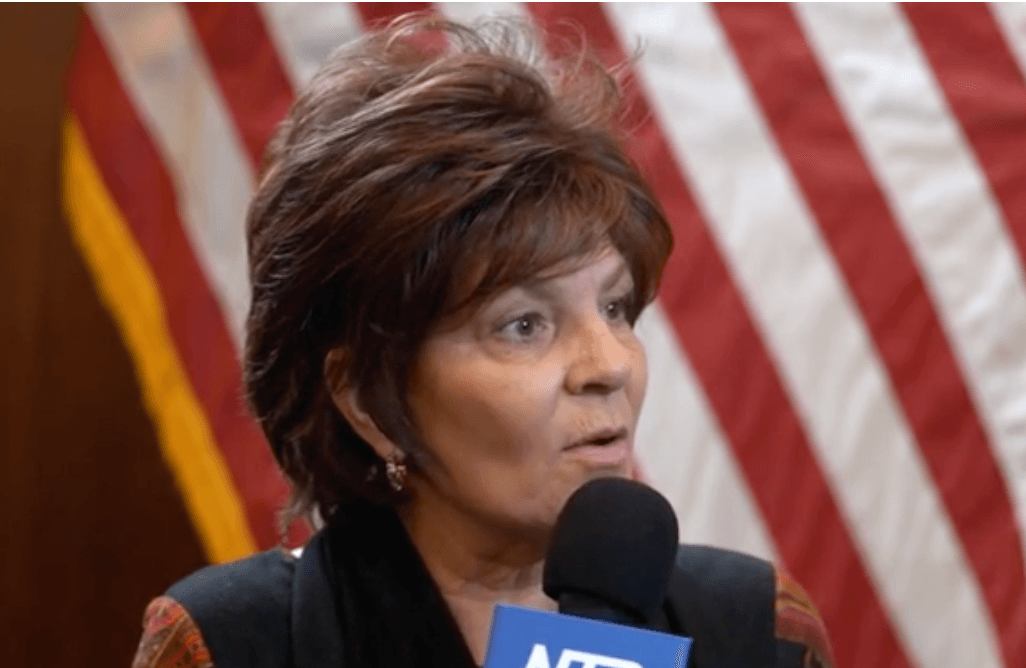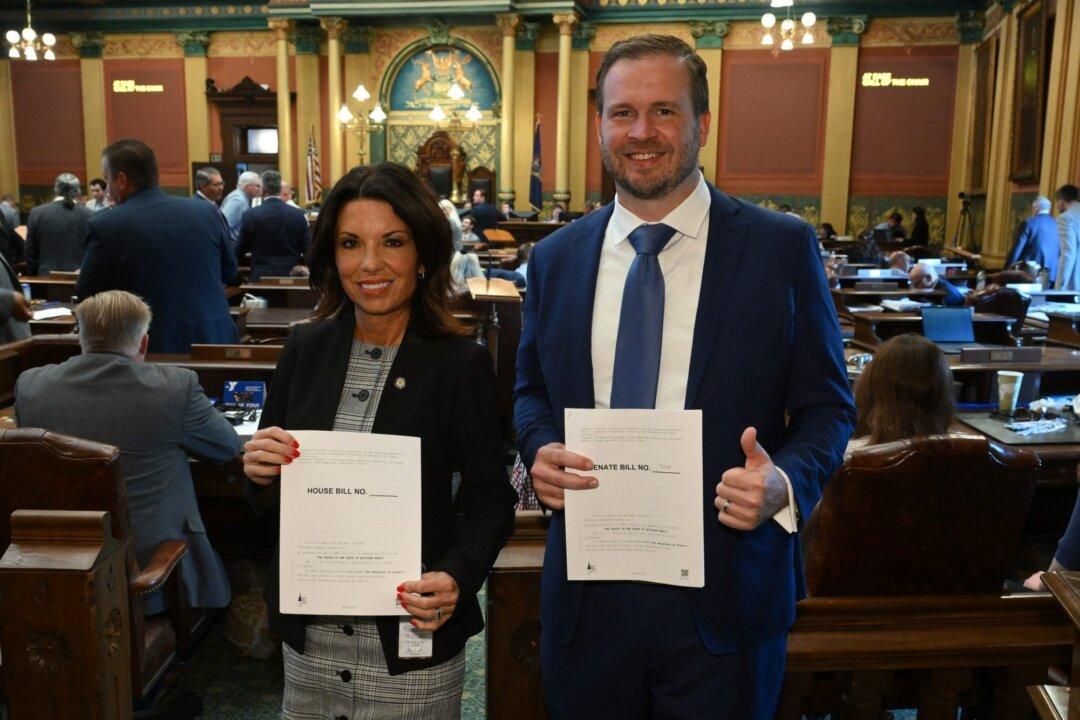The only Republican U.S. House seat from New Mexico’s congressional delegation is on the line in the November midterm elections after a Democrat-led redistricting changed the district from one that Trump won by 12 points to one that Biden won by 6 points.
New Mexico’s Second Congressional District, held by Rep. Yvette Herrell (R-N.M.) since 2020, is now rated as a toss-up by the University of Virginia Center for Politics, the Cook Political Report, and Inside Elections.





